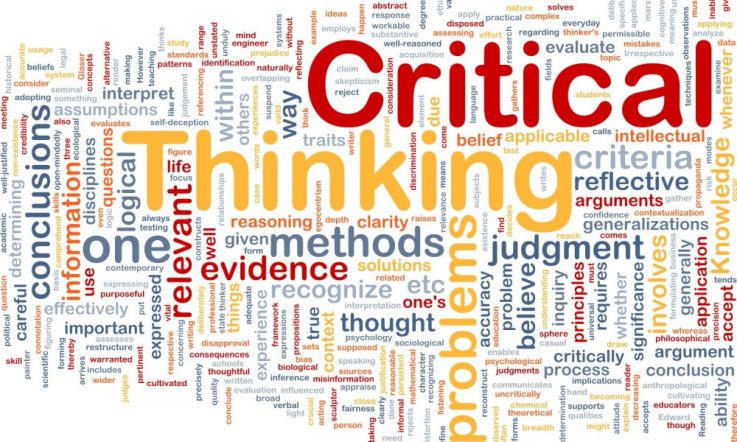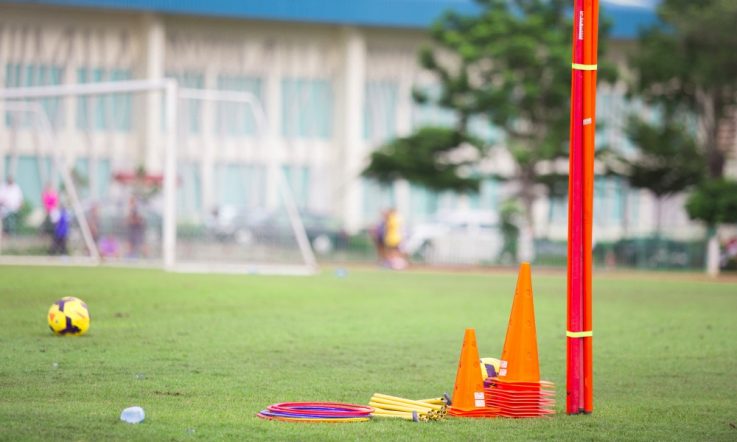Welcome to this month's edition of Researching education: Five further readings. In this series, we take a look at some further readings available on a particular topic, including open access research papers from various online databases, and Teacher archive content you might not have come across yet.
Creativity has been earmarked as one of the most crucial 21st Century skills to teach students. It allows our students to be able to produce innovative ideas and valuable solutions, especially as our modern society grapples to solve complex, fast-paced problems. Think about your own classroom teaching. How do you encourage creative, curious and challenging thinking?
In this edition of Researching education: Five further readings, we are taking a look at some resources available on creative thinking. In these five readings, we've included a paper from the OECD on practical ways educators can foster creativity and critical thinking in the classroom; a report illustrating a framework on creative thinking; and a Teacher archive piece on creative, curious, and challenging thinking.
In response to the lack of both an agreement on a definition of creative thinking, and a universally adopted framework to guide its teaching and assessment, the Australian Council for Educational Research (ACER) has reviewed the literature on creative thinking and developed a definition and a framework that encapsulates existing theory and research on the topic.
This paper is featured in the Cunningham Library Catalogue, an open access resource filled with references and links to Australian education research material including journals, government reports and books. You can access the creative thinking resources in this catalogue here. The link will be updated as new resources are added. Two of the authors for this paper, Dr Claire Scoular and Jonathan Heard, also run an online course, Assessing Skills for 21st Century Learners, which explores and analyses definitions of collaboration, critical thinking and creative thinking for the purpose of assessment.
Researchers involved in this study published in The Australian Journal of Teacher Education compared how creativity is embedded in secondary schools in Australia and Singapore. They found which teacher behaviours, teaching environments and school leadership approaches can impact (either positively or negatively) on the fostering of creative, critical and innovative thinking.
You can find this paper through EdResearch Online which contains hundreds of articles from Australian education journals, some of which are open access. At this link, you can browse the relevant resources related to Creative Thinking. The link will be updated as new resources are added.
This publication from the OECD aims to assist educators in understanding how to develop creativity and critical thinking in a classroom setting by providing practical tips. In this research, the OECD worked with networks of schools and teachers from different countries across the world on developing resources which illustrate the teaching and learning of creativity and critical thinking in primary and secondary schools. The authors also explore what the key elements of creativity and critical thinking are and how school leaders can support teachers' professional learning.
Since it's establishment in 2017, The Durham Commission research team at Durham University in the United Kingdom has been looking at the role that creativity and creative thinking should play in education, particularly in setting students up for life after school. In their final report, the Commission discuss the necessary conditions required for creativity to flourish in a school environment, and offer a range of recommendations on teaching creativity.
In this reader submission for Teacher magazine, Dr John Langrehr discusses how teachers can develop student mindsets for ‘3C thinking' and shares examples of questions and statements you can use in the classroom.
The Cunningham Library membership is open to individuals, schools and organisations. Membership includes access to a comprehensive collection of education research literature; weekday alerts to a selection of Australian education news; fast supply of articles and books from the collection; support in finding research; and an integrated online search tool that works across all of their resources.
To become a library member, visit the website.



